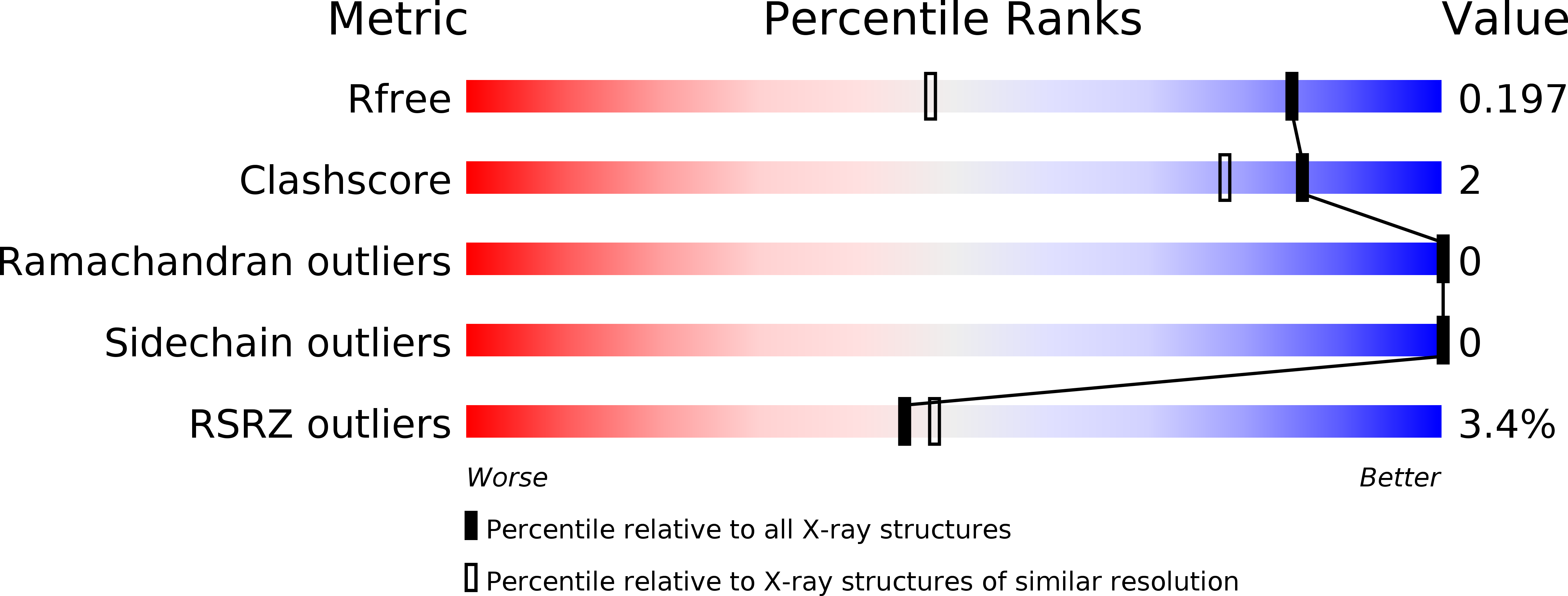
Deposition Date
2017-08-29
Release Date
2018-02-28
Last Version Date
2024-01-17
Entry Detail
PDB ID:
5OVK
Keywords:
Title:
Crystal structure MabA bound to NADPH from M. smegmatis
Biological Source:
Source Organism:
Host Organism:
Method Details:
Experimental Method:
Resolution:
1.45 Å
R-Value Free:
0.19
R-Value Work:
0.17
R-Value Observed:
0.17
Space Group:
P 1 21 1


